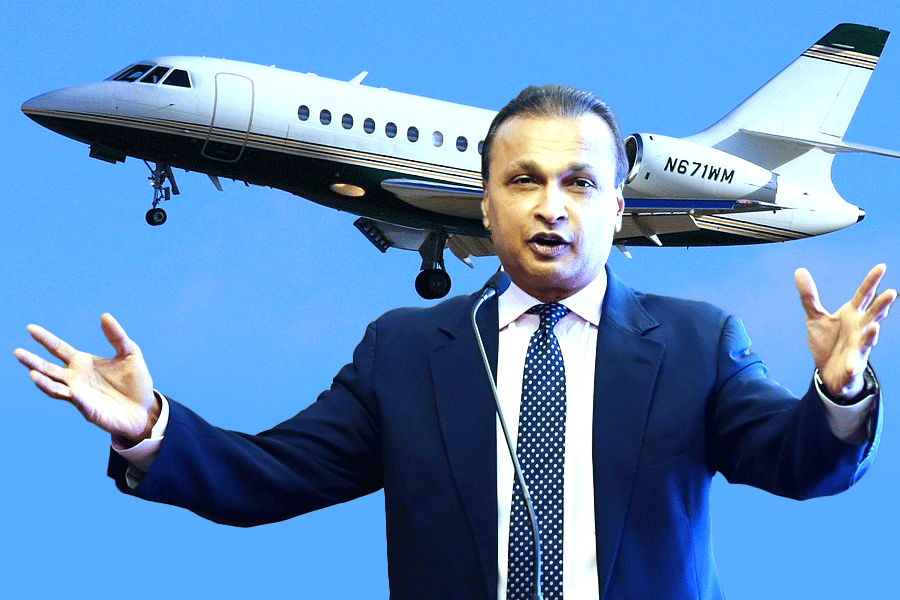AN INTRODUCTION TO
SWAMINARAYAN HINDUISM
By Raymond Brady Williams, Cambridge, Price not mentioned
Religion is an integral part of the cultural identity of a nation even in this technocratic era. There is a covert mechanism by which this relationship is determined. Both religion and culture have common parameters, and both have well-disguised political agenda. Few critics of the politicization of religion realize that that it is merely a form of aggrandizement of the politics already ingrained in religion.
But, there are major differences in religion and culture as well. While culture remains a multifocal and largely dispersive phenomenon, religion has a predominantly central tendency. And this centre is sometimes embodied in the larger-than-life image of a godman, around whom a community revolves. The emergence of such leaders does not, however, take place ex nihilo. There are certain socio-political factors which contribute to it. It, therefore, should not be looked upon as an accident that a host of Hindu religious leaders emerged in 19th century colonial India.
Sahajanand Swami or Swaminarayan (1781-1830) came to Gujarat at a time when it was bandit-infested and famine-ravaged. Swaminarayan rose into prominence in this milieu and coincidentally - and this is interesting - this was also about the time when the British East India Company got entry into the state.
While the former managed to give it some kind of social order, the latter gave the region political stability. British governors also sought Swaminarayan's assistance to bring into effect social reforms like the abolition of sati.
In the book, An Introduction to Swaminarayan Hinduism, Raymond Brady Williams makes a comprehensive study of this form of Hinduism. The seven chapters of this book systematically explore the salient features of this sect. Williams also displays admirable balance in sifting through legends, myths and historical records to construct a biographical profile of the man.
The first chapter brings to the fore the social conditions which proved conducive to the germination of Swaminarayan Hinduism in Gujarat. The second deals with the administrative problems that Swaminarayan had to face vis-à-vis power-struggles within the sect.
The third chapter analyses the basic structure of the Swaminarayan theology which projects him as the greatest manifestation of god and as an iconographic variation of Krishna. Chapter five inspects the broader social implications of the moral codes laid down in shiksapatri, which is a charter of mandatory rules meant to be observed by both householders and ascetics. An egregious caste-consciousness and gender-bias permeate these rules.
One of the striking features of Swaminarayan Hinduism is its transnational character. Apart from Gujarat, this sect has gained a firm foothold in countries like Britain and the United States. In chapter seven, Williams points out several factors which encouraged Indian immigration to these countries which ultimately helped spread the religion overseas.
In an interesting afterword, Williams delves into the etymological root of the word, 'tradition', which, to him, means both 'handing down' and 'reaching across'. Williams considers Swaminarayan Hinduism to be performing both functions with perfection.
Williams also brands this form of Hinduism as 'ethical/hierarchical', as distinguished from the 'national/ecumenical' model adopted by pugnacious Hindutvawadis. Though steering safely clear of any value-judgments, Williams does not want this distinction to be blurred at any cost.
 Wednesday, 18 June 2025
Wednesday, 18 June 2025









